#jean veber
Explore tagged Tumblr posts
Text

Jean Veber (1868–1928) - Les Maisons sont des visages (Houses are faces), 1899
#jean veber#les maisons sont des visages#houses are faces#19th century#19th century art#surrealism#fantasy#paranoia#dark art#art#illustration
176 notes
·
View notes
Text

Jean Veber The Rape of Europa 1899
92 notes
·
View notes
Text
The art of Perrault (2)
Continuing from this post, there is another segment of the article which is absolutely delightful: the one about the "Fairy tale salon" of Jean Veber

Because Perrault didn't just inspire paintings and drawings - furniture too!
In the beginning of the 20th century, Jean Veber (a student of both Alexandre Cabanel and Robert Delaunay) was doing a lot of fairy-themed expositions, and when he was asked by Rosemonde Gérard (the wife of Edmond Rostand) to create her "boudoir" at their Arnaga villa (Cambo, Pays Basque), he chose "fairy tales" as his theme. He notably composed there beautiful wall paintings that attracted the attention of both Léon Bérard (under-secretary of state of the Beaux-Arts) and Gustave Geffroy, the administrator of the Gobelins Manufacture.
(Here is a Sleeping Beauty mural):

In 1912, Gustave Geffroy paid Veber to create an entire salon themed after Charles Perrault's fairy tales - tapestries and various sitting-furnitures. The plans for the salon were originally ambitious, but it was restricted due to limited money - else we would have had five tapestries and thirteen furnitures, including a bed, and many more "chairs" of various models (chaise, fauteuil, bergères). Instead, the "Contes de fées" salon gathers three tapestries, four armchairs, four regular chairs, a sofa, and a fireplace screen - now all preserved in the Mobilier national collection. (The two additional tapestries would have been Puss in Boots and Donkey Skin)
(Here's the Puss in Boots armchair)

(And the Bluebeard sofa)

After the newspapers mediatized madame Rostand's boudoir in the beginning of the 1910s, the Gobelins immediately asked Veber painted preparations of the Sleeping Beauty and Little Thumbling tapestries. In the 1914 he was commissioned the drawings for the various chairs by the Beauvais manufactury - specialized in chair tapestry. The project was interrupted by the First World war, but it began agan in 1919, year where the drawing for the Bluebeard sofa was made. The project got faster by the 1920s, thanks to the collaboration of the cabinet-maker Paul Follot. The entirety of the furniture was delivered by the end of 1922, after the Little Thumbling and Sleeping Beauties tapestries had been completed (1919-1920). The Cinderella tapestry (prepared by 1919) and the Beauty and the Beast screen won't be woven until 1923 and 1926.
(Sleeping Beauty silk-and-wool weavework)


The aesthetic of Veber's paintings evoke the paintings that cover the walls of the Arnaga villa: frize disposition and very colorful.
(Preparation work for the Cinderella tapestry)

These creations appeared half-a-century after Gustave Doré's illustrations, and in many ways oppose them. Here we have a sentimental, idealized, almost childish view of Perrault's story. Everything is light-hearted and funny, and the terror of the tales is removed - even the most frightening characters are merely grotesque. This is due to how, in this era, fairytales had been massively shared and spread as children literature, as well as to the nature of Veber's commission: indeed, the creation of a salon requires a peaceful and comforting ambiance, where someone can rest. He can't possibly put Doré images in there. After the First World War, this literary theme allows one to find back a sort of lightness - the tapestries of Beauvais being in harmony with the walnut-wood furniture, all golden and in curvy shapes.
(Beauty and the Beast fireplace screen)

Far from doing a "composition monotony", Veber makes sure each of the tapestries has been conceived in a different way, to offer a large palette of movement and dynamics. For Sleeping Beauty and Cinderella he chose specific moments of the tale. In the first, we have the prince charming rushing to the side of his beloved, in the middle of a thick vegetation filled with asleep characters. In the second, we see Cinderella fleeing the ball, her rushing carriage preventing the prince from stopping her. However, for Little Thumbling several key moments of the tale are presented side-by-side, so that in one glance the whole story is offered in a condensed version.
(Little Thumbling silk-and-wool weavework)

The "Contes de fées" salon of Veber is another example of the universality of Perrault, which can extend further beyond the world of the page, and into the decoration of walls and furnitures. The originality of this project seduced people at the time, and the Beauvais manufecture immediately demanded a new work from the artist: an "Animals in the forest" project for which he created four chairs, three armchairs and a screen. Delivered in 1925, this set can be considered a continuation of his "Fairy tales" salon.
(Armchair of the Foxes)

#jean veber#french things#perrault fairytales#french fairytales#fairytale illustrations#fairytale art#fairytale furniture#cinderella#sleeping beauty#little thumbling#furniture#tapestry#fairy tales salon
21 notes
·
View notes
Text

Witches, Jean Veber, 1900
80 notes
·
View notes
Text

Shocks in my skull ebb and flow. The chromium sky recedes – pale, dimensionless borders – revealing a labyrinth underneath. Patterns holding firm like ley-lines or bones mapping out the musculature of reality itself. A giant awakening for the first time; breathing in storms, blackened spirits, corrosions. Light penetrates my mind with golden emanations, bleeding along the fibers of my skull in alien tones. The giant, articulating his meaning with somber eyes, devastated by the simple fact that it IS born. Perfect symmetry in its creation as it did not have to rip itself free, but came into the world with an almost fabled intent. Still, it is no myth or legend as it lives inside of me. The somber eyes are mine and they are distinctly from the future.
Artwork by Jean Veber
11 notes
·
View notes
Photo

"We Carry Our Dead," by Jean Veber, 1905.
(via Facebook)
9 notes
·
View notes
Text

Jean Veber. 1864-1928.
35 notes
·
View notes
Text

Jean Veber (1868–1928) - Nous portons nos morts (We carry our dead), 1905
#jean veber#nous portons nos morts#we carry our dead#dark art#allegory#symbolism#death in art#art#illustration
114 notes
·
View notes
Text
Nightmare Fuel Art Master-post, Vol. I
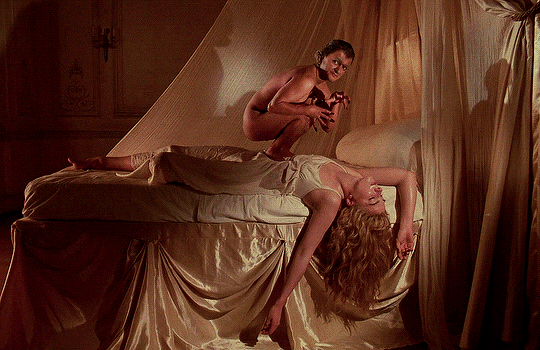
Regularly updated!
15th Century
Gerard David Hans Holbein Hans Memling Hieronymous Bosch Lucas Cranach the Elder Matthias Grunewald Titian
16th Century
Adriaen van de Venne Artemisia Gentileschi Filippo Napoletano Hans Baldung Grien Herri Met de Bles Jacopo Ligozzi Jan Mandijn Jan Massys Pieter Bruegel the Elder
17th Century
Caravaggio Francesco Furini Frans Francken II Juan de Valdes Leal Jusepe de Ribera Leonaert Bramer Peter Paul Rubens Salvator Rosa 18th Century
Edvard Munch Francisco de Goya Henry Fuseli J.M.W. Turner Karl Alexander Wilke Katsushika Hokusai Paolo Vincenzo Bonomini William Blake
19th Century
Amedee-Ernest Lynen Antoine Wiertz Armand Rassenfosse Arnold Bocklin Carlos Schwabe Edmond Louis Dupain Felicien Rops Francesco Scaramuzza Franz von Stuck Georges Rochegrosse George Frederic Watts Gustave Dore Gustave Moreau Henri Regnault Ilya Repin Jakub Schikaneder James Tissot Jean Francois Millet Jean Leon Gerome Jean Paul Laurens Jean Veber Jeno Gyarfas Jose Casado del Alisal Laszlo Mednyanszky Louis Gallait Maximilian Pirner Odilon Redon Paul Burck Theodore Gericault Theodor Kittelsen Theophile Schuler Tsukioka Yoshitoshi Wilhelm Kotarbinski William Holbrook Beard Witold Wojtkiewicz
“Turn of the Century” Alberto Martini Alfred Kubin Antonio Rizzi Egon Schiele Frantisek Kupka Fritz Gareis Georges Desvallieres Harry Clarke Heinrich Kley Henryk Weyssenhoff James Ensor Jaroslav Panuska Jean Delville Josef Mandl Julien Adolphe-Duvocelle Kathe Kollwitz Manuel Orazi Marian Wawrzeniecki Oscar Parviainen Piotr Stachiewicz Richard Tennant Cooper Sascha Schneider Sergius Hruby Wladyslaw Podkowinski Vasily Vereshchagin
44 notes
·
View notes
Text

Jean Veber At the milliner ca. 1915
10 notes
·
View notes
Photo

Jean Veber, 1864-1928
Adam and Eve (Poster for Le Souvenir Normand), 1905, poster, 73x107 cm
Private Collection
32 notes
·
View notes
Text
Streghe (witches)

Virgil Finlay (1914-1971, USA)
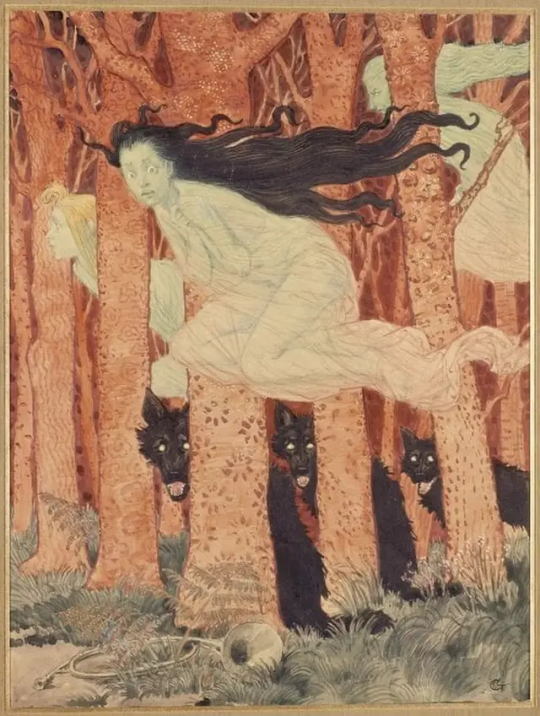
Trois femmes et trois lupus | Eugene Grasset (1845-1917, France)
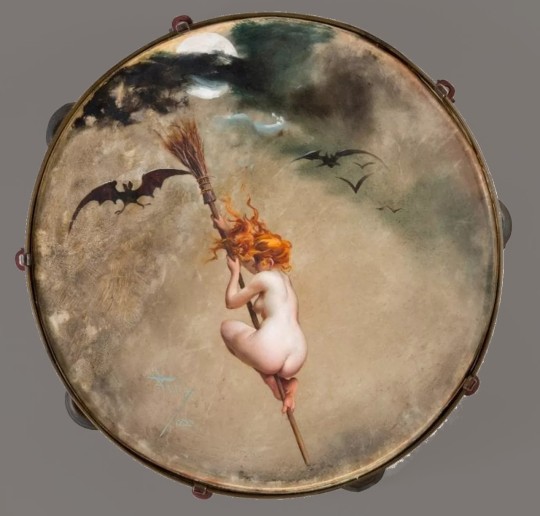
La sorcière, 1882 | Luis Ricardo Falero (1851-1896, España)

Metamorphosis - black cats transforming themselves into witches, late 19th century | Théophile Alexandre Steinlen (1859-1923, Switzerland)
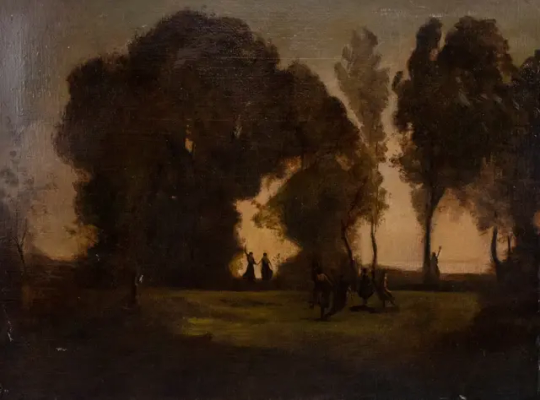
The night of wicked fairies | Michel Simonidy (1870-1933, Romania)

Demon | Franciszek Żmurko (1859-1910, Poland)
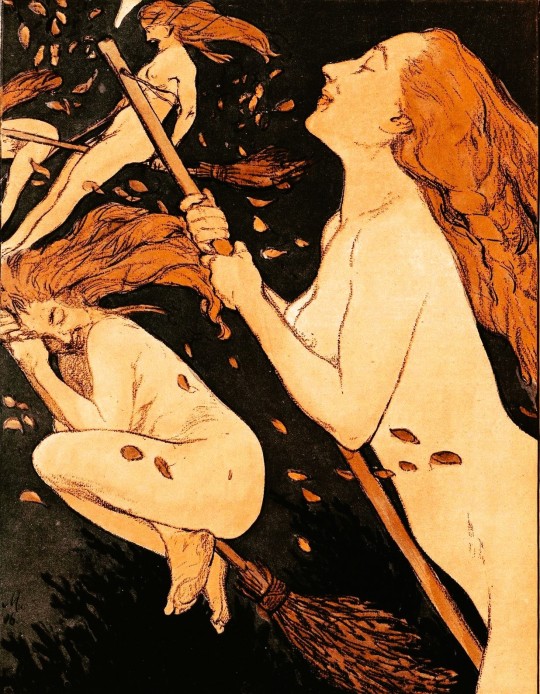
Walpurgis Sabbath- cover from 'Jugend' magazine, 1909 | Adolf Münzer (1870-1953, Poland)
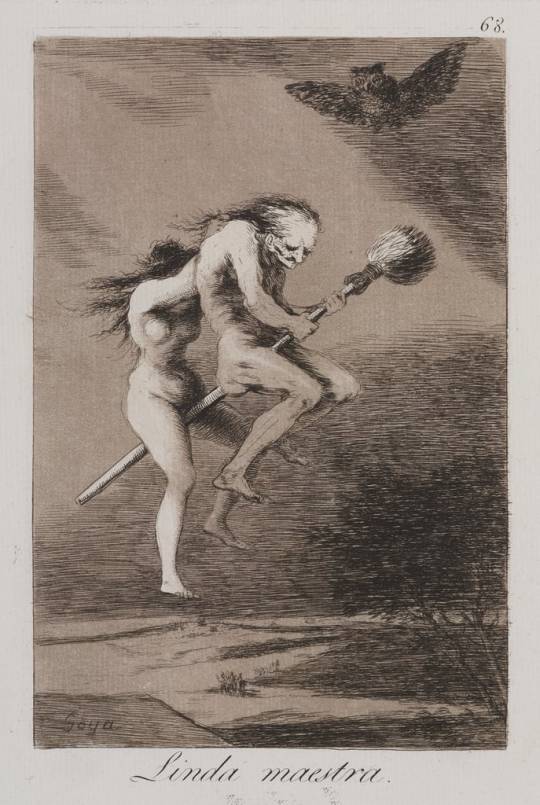
Linda maestra (pretty teacher), from the ‘Caprichos’ series, 1797-99 | Goya (1746-1828, España)
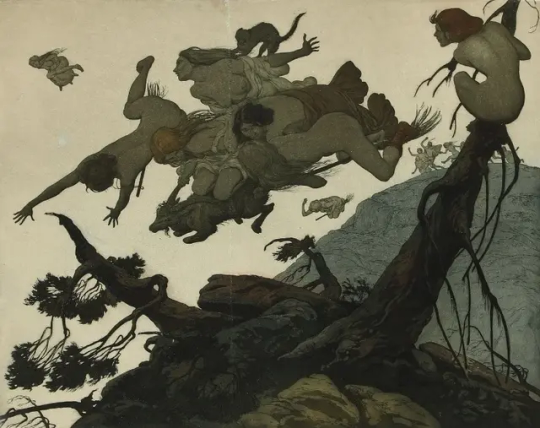
Valpurgis morgen, 1908 | Louis Moe (1857-1945, Norway)

Sorcières, 1888 | Joseph Apoux (1846-1910, France)

Streghe moderne (Sorcières modernes) | Jean Veber (1864-1928, France)
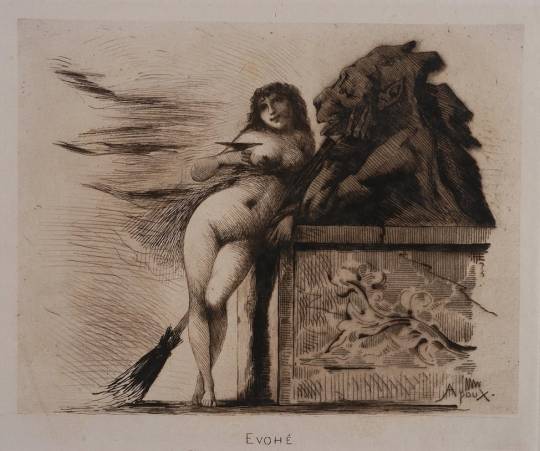
Evohé, 1888 ca. | Joseph Apoux (1846-1910, France)
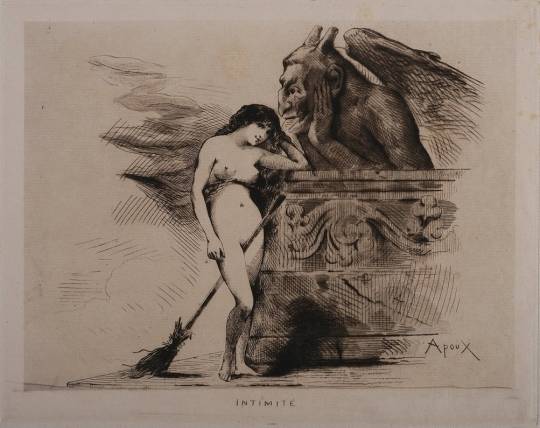
Intimite, 1888 ca. | Joseph Apoux (1846-1910, France)
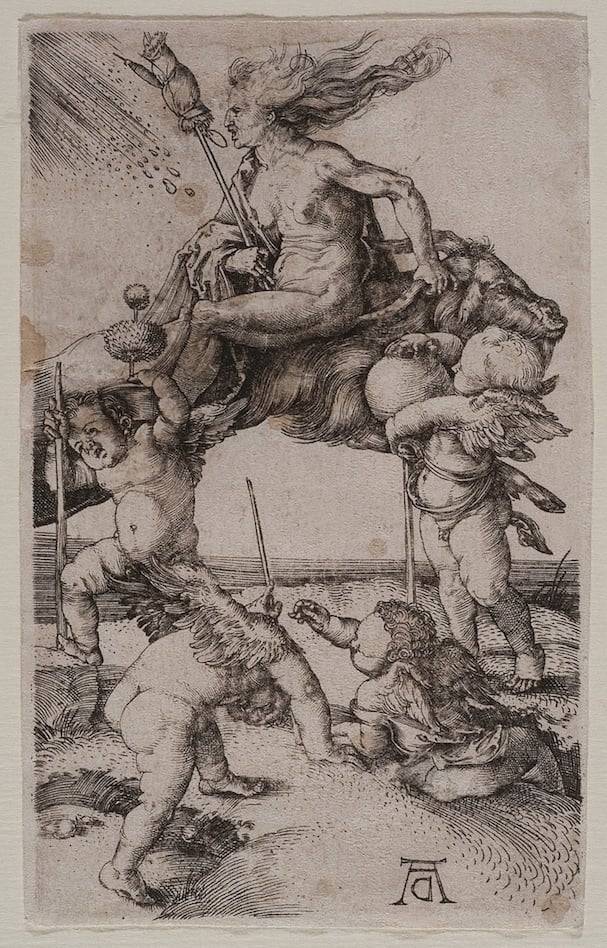
La strega sul caprone (La sorcière renversée sur la chèvre), 1500-05 | Albrecht Durer (1471-1528, Germany)
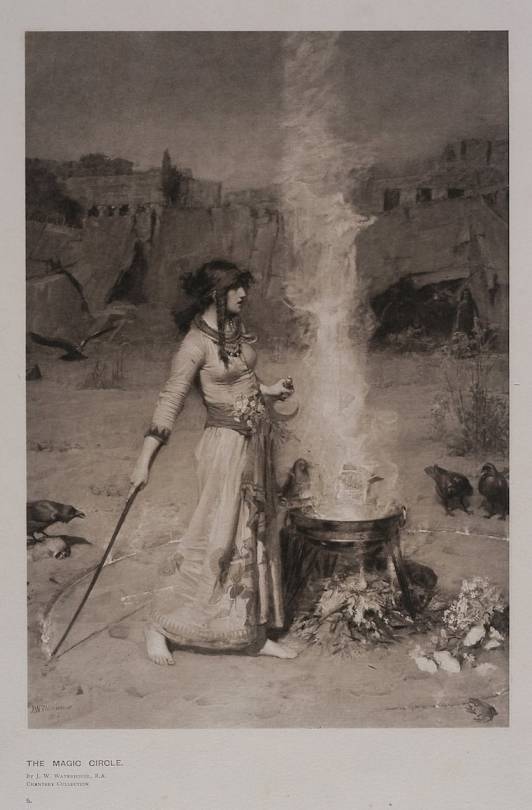
The magic circle | John William Waterhouse (1849-1917, England)
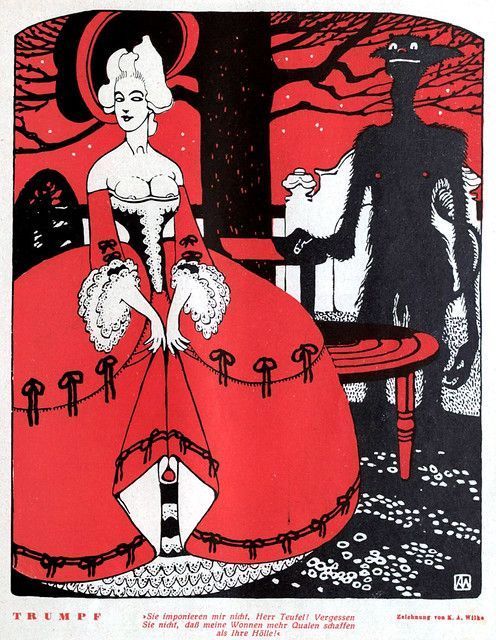
Trumpf (carta vincente) - from 'Die muskete' magazine, 1926 (december) | Karl Alexander Wilke (1879-1954, Germany-Austria)
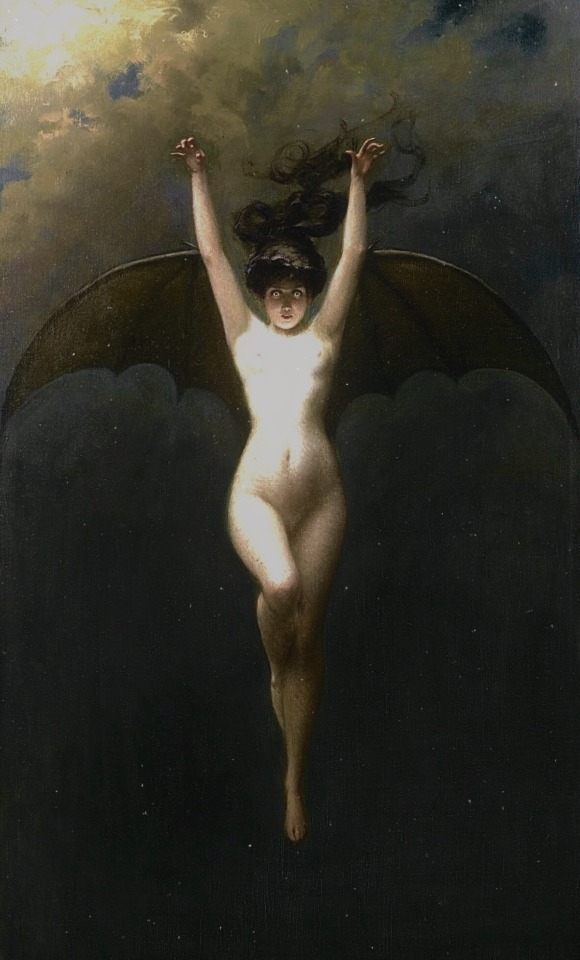
La Femme Chauve-Souris (The Bat-Woman), 1890 | Albert Joseph Pénot (1862-1930, France)

Départ pour le Sabbat, 1910 | Albert Joseph Pénot (1862-1930, France)
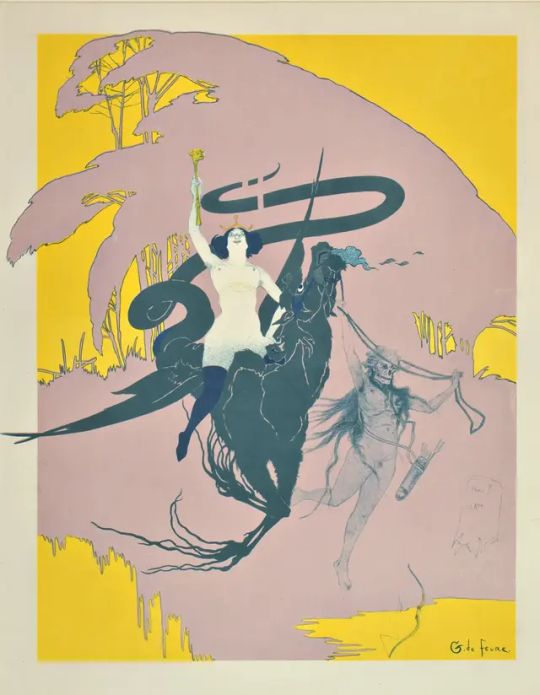
L'amour libre | Georges De Feure (1868-1943, France)

Aradia dea delle streghe, 1900-10

Rito di Benedizione al parto (birth blessing rite), Roma, 2021 | ph., Valeria Gradizzi (1979, Italia)

Magia nera, XVIII-XIX secolo (18th-19th century) | Giuseppe Bernardino Bison (1762-1844, Italia)
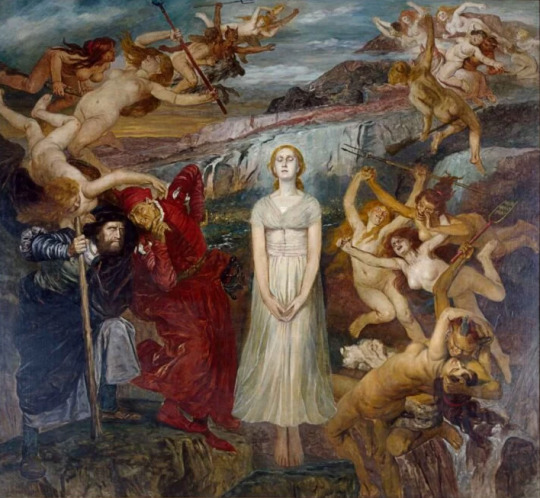
Walpurgis Night Scene (from Goethe Faust), 1910 | Fritz Roeber (1851-1924, Germany)
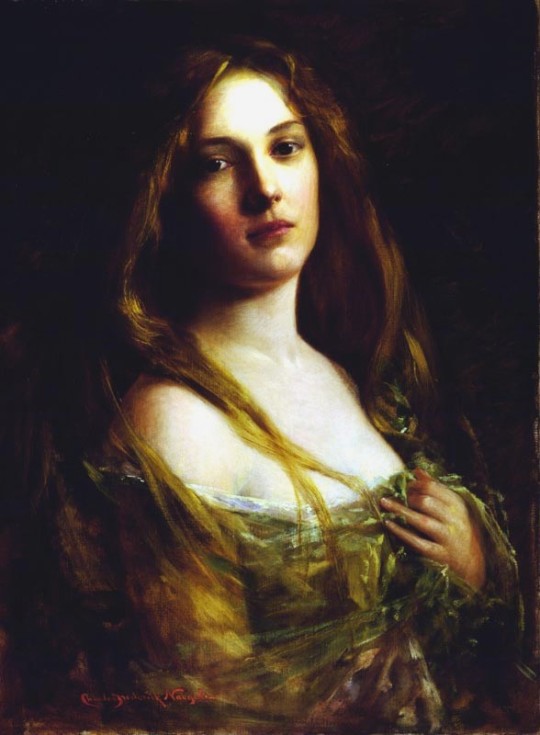
Gentile Budrioli (she died at the stake in Bologna accused of witchcraft) | Charles Frederick Naegele (1857-1944, USA)
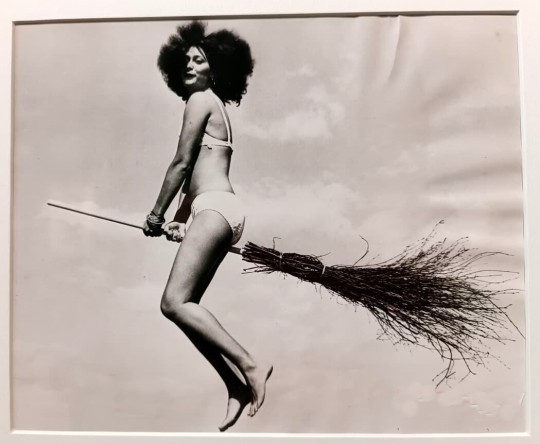
Anniosette | ph. Mogens Berger (1933-1993, Denmark)
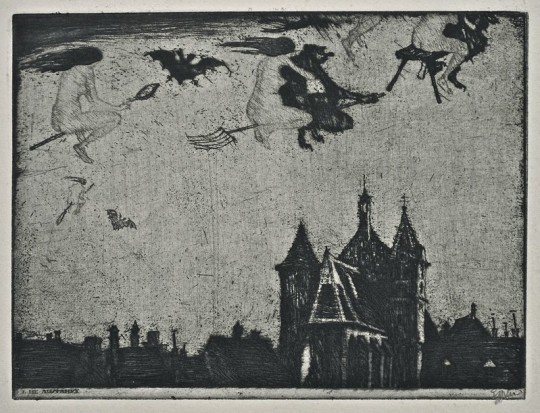
The Walpurgisnacht Portfolio (one of six etchings after Gustav Meyrinks), 1922 | Stefan Eggeler (1894-1969, Austria)

The Walpurgisnacht Portfolio (three of six etchings after Gustav Meyrinks), 1922 | Stefan Eggeler (1894-1969, Austria)
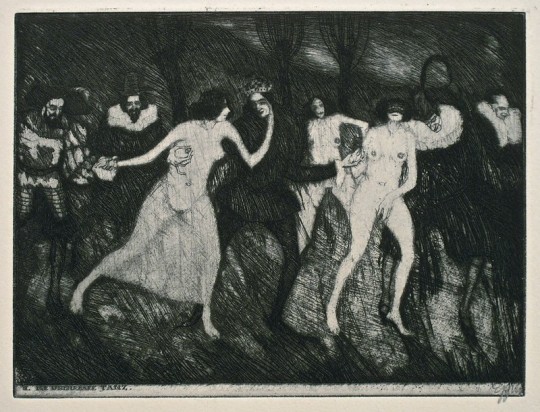
The Walpurgisnacht Portfolio (four of six etchings after Gustav Meyrinks), 1922 | Stefan Eggeler (1894-1969, Austria)
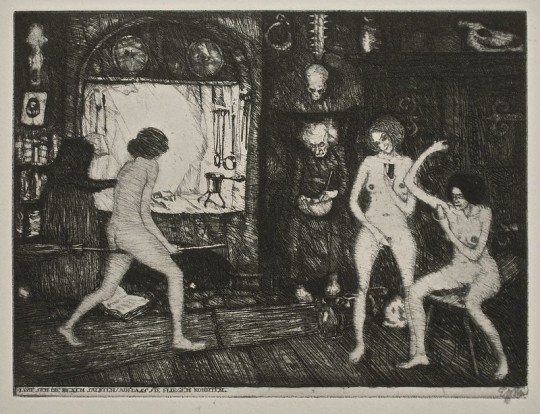
The Walpurgisnacht Portfolio (five of six etchings after Gustav Meyrinks), 1922 | Stefan Eggeler (1894-1969, Austria)
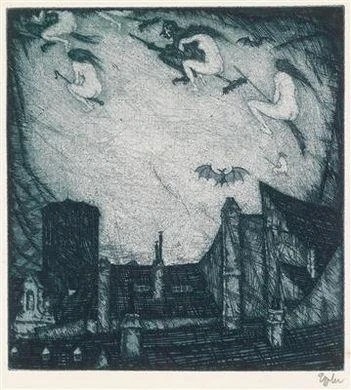
Untitled (witches) | Stefan Eggeler (1894-1969, Austria)
23 notes
·
View notes



